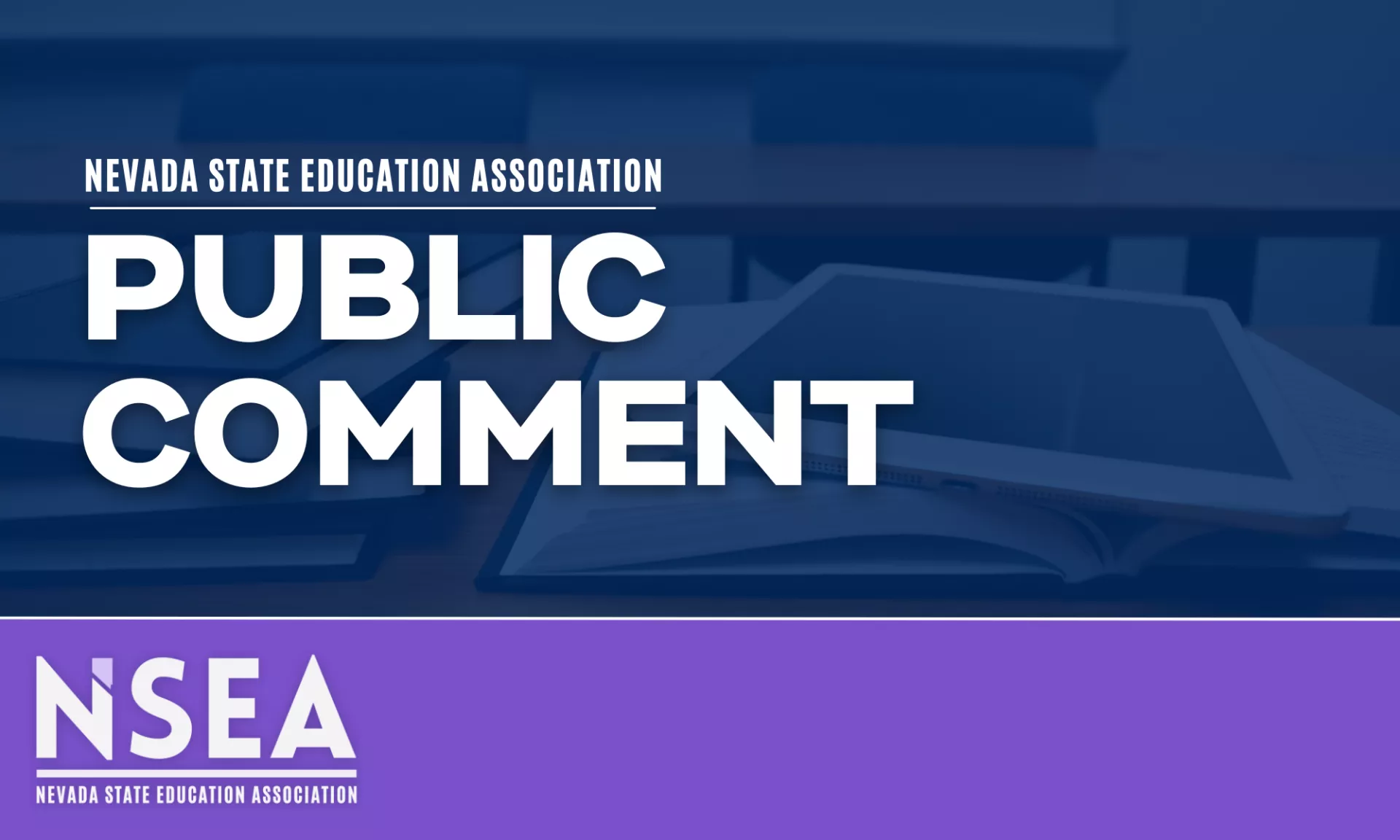Since the COVID pandemic, educators left their jobs in record numbers due to low pay and severely low morale. With only a few months left in the school year, there are still thousands of school vacancies, with many more positions being covered by long-term substitutes or, in some of our rural areas, privately contracted virtual teachers. The educator shortage will only get worse this summer.
A December report from the Economic Policy Institute found there is a widespread national teacher shortage that is especially severe here in Nevada. Interestingly, our current shortage is not the result of an insufficient number of qualified teachers, but rather low pay and an increasingly stressful work environment. The average pay differential between teachers and similar college graduates in the job market has grown to 23.5%. While critical to the operations of schools, education support professionals tend to be at the bottom of district pay scales, with some ESPs making as little as $11/hour and an overwhelming majority making less than a living wage. Last year, over 1600 CCSD workers were enrolled on Medicaid. Education support professionals usually reflect the Nevada communities they serve, with about half of education support professionals across the state being people of color. A 20% raise is not only necessary to help districts fill vacant positions, it is also necessary to pull thousands of education workers out of poverty – an issue of both economic and racial justice.
This is why NSEA consistently articulates what Nevada must do to address this crisis – Time for 20!
With thousands of educator vacancies and some of the largest class sizes in the nation, Time for 20 means a 20% educator raise, a $20 minimum wage for people who make schools run, and average class sizes of 20 students.
The COVID-19 pandemic clearly worsened Nevada’s crisis in educator vacancies. In response to these impacts on our schools, our national union was the loudest voice for significant federal investment in public education. NEA members wrote hundreds of thousands of messages and placed thousands of calls to their representatives advocating for Congress to pass this package containing the largest ever federal investment in Nevada schools. The NEA also made sure language was included in the federal law so school districts could prioritize educator pay with these funds, and NSEA advocated for this use in Nevada’s state plan.
Only about 40% of all federal relief dollars have been budgeted for staff, despite staff being the most significant line item in every school district budget. Most federal funds for staff have paid for supplementing education like paying for summer school or adding positions. Expenditures related to staff retention efforts have largely been limited to one-time or two-time retention incentives. While these types of bonuses are nice, they have proven largely ineffective at reducing Nevada’s significant educator vacancies. Even though they control a small percentage of the overall federal dollars, the Nevada Department of Education has done little on the issue of educator retention. Accountability starts at the top.
The good news is over $700M ESSER II and APR ESSER dollars are still unspent. These funds, along with $733M recommended for the Education Stabilization Fund and $1.6B recommended for the State Rainy-Day Fund mean Nevada has the resources available right now to fund Time for 20.
You will be meeting this weekend to demand accountability from school districts. Educators across the state demand the same of you.
